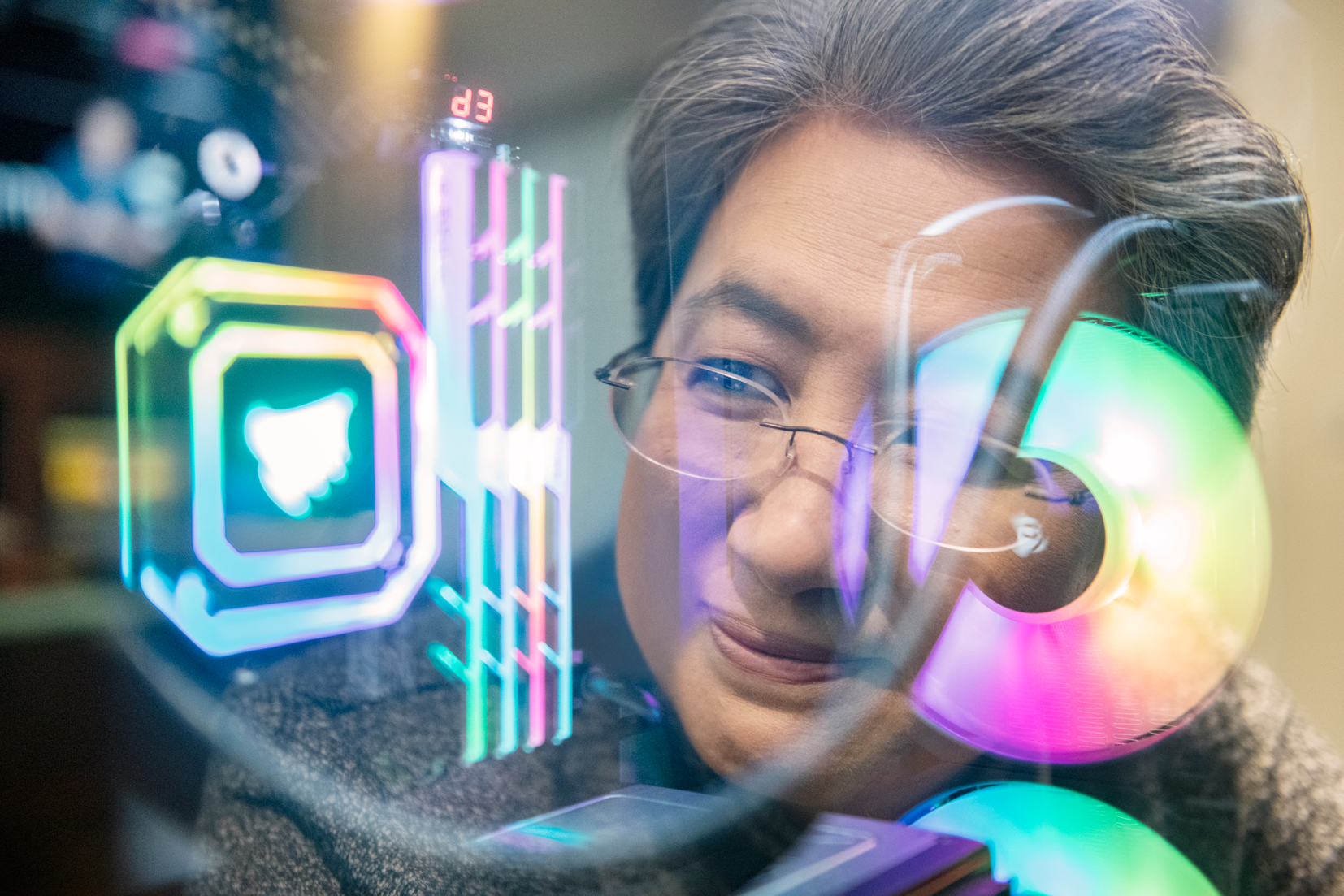


Whenever Vasmi Boppana, senior vice president of AI at the chip giant AMD, gives CEO Lisa Su an update on the progress of the company’s software efforts, she always has the same response: “Great job. You need to go faster.”
It may seem unusual for a semiconductor company to put such an emphasis on software, but that’s what unlocks the power of the coveted chips that undergird the AI industry. They coax better performance from the silicon and optimize functionality. They allow engineers to operate and program the hardware. More importantly, they’re sticky: when engineers at a company learn how to use a chipmaker’s software platform, they can be hard pressed to learn another.
According to Boppana, software is part of what helped AMD to score one of the biggest victories in its more than 50 year history: a multibillion dollar deal that will see ChatGPT maker OpenAI use AMD’s MI450 chips to power 6 gigawatts of compute for its popular AI products. As part of the agreement, OpenAI will be able to buy up to 160 million shares, or 10%, of AMD. The partnership is a massive boon for AMD as it tries to catch up to market leader Nvidia.
The foundation of the deal dates back to 2023 when OpenAI first began running some of its models on AMD hardware. In the ensuing years, AMD would seek the AI giant’s counsel on the design of its forthcoming MI450 chips. OpenAI has also influenced AMD’s software, Boppana told Forbes.
“As our relationship with OpenAI deepened, we've expanded the engagements across all portions of stack, but certainly on the software side,” said Boppana. For example, AMD worked with OpenAI to make Triton, OpenAI’s open-source language for programming GPUs, compatible with AMD chips. (Previously, it only supported Nvidia GPUs.)
“The opportunity is just so large, there’s no way OpenAI works only with Nvidia.”
The AMD-OpenAI deal comes as demand for compute power has become almost insatiable. Earlier this year, President Donald Trump, OpenAI, Oracle and SoftBank announced Project Stargate, a $500 billion investment in U.S. data centers and AI infrastructure. Apple made a similar $500 billion commitment weeks later. The AI frenzy has turned Nvidia, previously mostly known for gaming chips, into a $4.5 trillion behemoth. Late last month, OpenAI entered into a $100 billion partnership with Nvidia to power 10 gigawatts of compute. Meanwhile, a new generation of semiconductor startups, including Cerebras, SambaNova, Groq, and d-Matrix, have sought to develop specialized chips for the AI era, optimizing for those workloads instead of the more generalized approach favored by the legacy players.
The explosion of AI services in the past few years means it won’t be winner-takes-all when it comes to compute power, said Sid Sheth, CEO of d-Matrix. “The opportunity is just so large, there’s no way OpenAI works only with Nvidia,” he told Forbes. “Customers are now willing to go through the process of learning what it takes to work with AMD’s software.”
For Nvidia, software has long been seen by industry observers as a powerful tool to keep it entrenched in the market. CUDA, Nvidia’s programming software, for example, has created a formidable moat when it comes to training AI models. But when it comes to inference, or the computing it takes to actually run the models, the barrier is lower because it’s a less complicated process. And that’s what OpenAI plans to use the AMD chips for. “The moat is not as significant,” Sheth said. “The threshold of pain is coming down over time.”
The sheer speed of the AI industry has also opened the door, Boppana argues. “If the world was kind of static and not evolving, and you just had lots of legacy software with the same architectures…then for sure, there is a big moat,” he said. But with AI, the pace of innovation is making the software to program chips easier to use. “On a forward-looking basis, I think it's going to be less and less important.”
The OpenAI deal sees AMD now furlongs away from where it was in 2014 when Su took over. Back then, the company seemed to be on its last legs, with layoffs that nixed a quarter of the company and a stock price of around $2. (It’s stock is currently worth more than $235, with a market cap of $382 billion). AMD had missed the boat on mobile devices, and PC sales were lackluster. It was up to Su to preside over a turnaround and win data center business from hyperscalers like Google and Amazon. Now her goal is to make the company a true player in the next technological wave: artificial intelligence.
“I think there’s another phase for AMD,” Su told Forbes in a 2023 cover story. “We had to prove that we were a good company. I think we’ve done that. Proving, again, that you’re great, and that you have a lasting legacy of what you’re contributing to the world, those are interesting problems for me.”
If all goes well, the 6 gigawatt deployment could beget more such deals in the future. And becoming a go-to vendor for OpenAI might help to kickstart that new phase.

